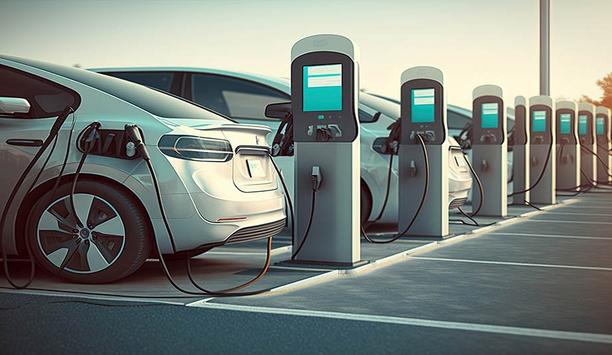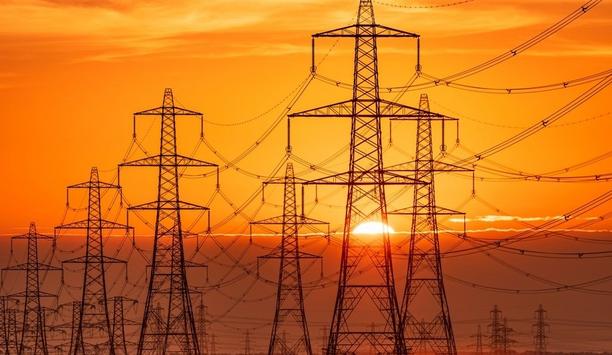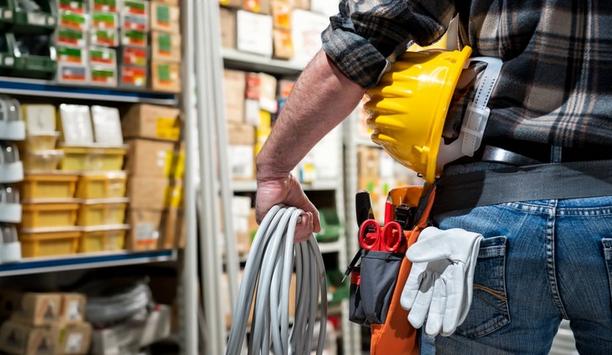Packaging materials help to protect fragile electronics and electrical components from breakage. Small electrical devices and electronics are often packaged in individual plastic coverings within a larger box.
Manufacturers use a variety of plastics to produce anti-static bags, pouches, film, and bubble wrap for electronics.
single-use plastics
Excessive consumption of single-use plastics and other packaging materials is an emerging concern in the electrical market.
The use of plastic and non-recyclable materials in equipment packaging is contributing to the electrical market’s environmental footprint.
organic packaging
More electrical manufacturers need to transition towards a more sustainable future and implement organic packaging. Companies can minimize the negative environmental impact and become more green-friendly.
While the industry has previously had a negative environmental impact, many businesses are rectifying these issues. Using less paper, plastic, wood, metal packaging, and other auxiliary materials contributes to the goal of being lightweight, recyclable, and sustainable.
polystyrene foam
Of the total plastic packaging waste, around 40% is disposed of at sanitary landfills
Many electrical components are packaged with plastic shrink films. In addition, polystyrene foam can be used to cushion components, and plastic corner protectors may be used to strengthen boxes.
Less than 10% of the plastic waste ever generated has been recycled. Plastics pollute the ocean and do not decompose in landfills. Of the total plastic packaging waste, around 40% is disposed of at sanitary landfills, 14% is collected for recycling, and 14% makes its way to incineration facilities (which cause CO2 emissions).
The negative impact of plastic
The fact is, most plastics used for packaging are recyclable, although most wind up in landfills due to ineffective or non-existent packaging recovery schemes.
In addition, plastics contribute to emissions of greenhouse gas at each stage of their lifecycles. Therefore, plastics, which contribute up to 13% of the total “carbon budget,” will negatively impact efforts to meet the Paris climate agreement.
action against single-use plastics
There is a shift in focus from consumer education to holding manufacturers responsible for their environmental impact
Focusing on consumer behavior has spurred much of the campaign against plastics to date. For example, the federal government has taken steps to phase out single-use plastics in national parks and other public lands. Several states have taken action against single-use plastics.
For example, New Jersey no longer allows grocery stores and retailers to distribute plastic bags. The Garden State has also banned polystyrene foam packaging from restaurants and food companies. However, there is also a shift in focus from consumer education to holding manufacturers responsible for their environmental impact. Maine and California are focusing on the issue and may be among the jurisdictions to target manufacturers’ role in single-use plastics.
replacement alternatives
There are replacement alternatives available, but they tend to add costs for manufacturers. For example, bioplastics are made with biodegradable sources that can break down faster than traditional plastics. However, bioplastics must be properly disposed of through composting to break down.
Also, bioplastics are not recyclable and can even contaminate other recyclable materials. Disposal in a landfill, which is common, defeats the purpose of using more expensive materials.
environmentally friendly alternatives
Some argue that recycled plastic may be the greenest alternative, although it results in recyclables winding up in landfills
Instead of polystyrene foam, packaging may consist of corrugated cardboard or plastic alternatives that are allegedly more environmentally friendly. Biodegradable wood or paper are other alternatives. However, disposal in landfills continues to be problematic with decomposition sometimes leading to the production of methane (a greenhouse gas).
However, some argue that recycled plastic may be the greenest alternative, although recycling realities instead result in recyclables winding up in landfills, where they do not decompose.
EPR schemes
An added cost for electrical manufacturers might be a requirement to pay into extended producer responsibility (EPR) schemes. EPR is a strategy to add the estimated environmental costs associated with a product’s entire lifecycle to the cost of the product.
In effect, the strategy assigns responsibility for the environmental impact of products to the manufacturer.
Legislation
Legislation to address packaging EPR has been implemented in Maryland, New York, Washington, and New Jersey (originally introduced in 2022 and still active). In 2016, the Product Stewardship Institute developed a model packaging EPR legislation, then updated it in 2019 with input from the industry and government.
Maine and Oregon used the model to enact packaging EPR laws in 2021, Colorado followed suit in 2022 and, that same year, California also enacted legislation that the model informed.













